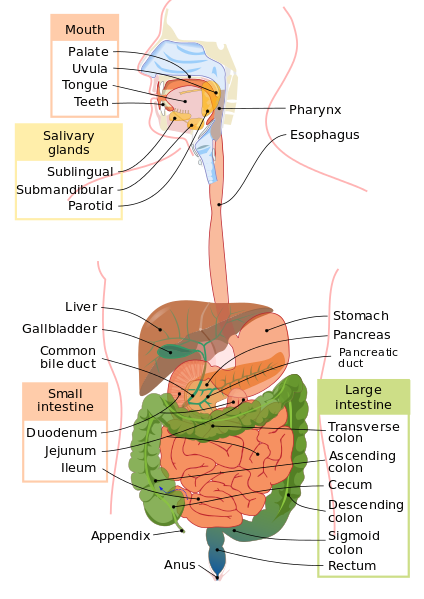(General Key Points)
- GI tract is the route of administration and the target of action
- GI effects are common (abdominal pain, constipation, nausea)
- When peptic ulcers are caused by pylori, non-antibiotics promote healing but only antibiotics will cure the disease.
- Drug therapy for peptic ulcers is directed at controlling symptoms, facilitating healing, lowering risk for complications, and preventing relapse
- Prevention of emesis is more effective than treating it.
Histamine2 (H2) Receptor Agonists
Expected Action:
Selectively block H2 receptors in parietal cells to suppress gastric acid secretion
Example: ranitidine (Zantac) — Others: cimetidine (Tagamet), nizatidine (Axid), famotidine (Pepcid)
Therapeutic Uses:
OTC for heartburn, sour stomach, and indigestion
Gastric/peptic ulcers / GERD / hypersecretory conditions (Zollinger syndrome)
In conjunction with antibiotics to treat ulcers caused by H. pylori.
Adverse Effects: decreased libido / impotence, CNS effects (lethargy, depression, confusion) – increased frequent in elderly ĉ renal or liver dysfunction.
Contraindications/Precautions:
Pregnancy (B), danger of increased risk of bacterial colonization of stomach and respiratory tract
Interactions:
-Warfarin, phenytoin – metabolizing enzymes inhibited by cimetidine leads to increased levels
-Concurrent use of antacids ò absorption H2-receptor antagonists
Education: Stop drinking, stop smoking, eat smaller, more frequent meals, Ranitidine can be taken without regard to food
Proton Pump Inhibitor
- Expected Action: decreases gastric acid secretion by irreversible inhibition of enzyme that produces it. Reduce basal and stimulated acid production
Examples: omeprazole (Prilosec) — Others: pantoprazole (Protonix), lansoprazole (Prevacid), esomeprazole (Nexium
Therapeutic Uses:
Gastric/peptic ulcers / GERD / hypersecretory conditions (Zollinger syndrome)
Adverse Effects: Insignificant ĉ short-term treatment
Contraindications/Precautions: Pregnancy (C), increased risk pneumonia d/t increased pH promoting bacterial colonization
Interactions:
Delayed absorption of Ampicillin, digoxin, iron, ketoconazole if concurrent
Education:
IV pantoprazole may cause thrombophlebitis, headache, or diarrhea.
Sucralfate
Expected Action:
Acidic conditions Δ sucralfate to viscous gel that adheres to and protects ulcers.
Example: Sucralfate (Carafate)
Therapeutic Uses: Acute duodenal ulcers, Investigational use for gastric ulcers and GERD
Adverse Effects: No systemic effects, Avoid constipation by > 1500 cc water and increasing fiber
Contraindications/Precautions: Pregnancy (B)
Interactions:
Antacids interfere with absorption of sucralfate.
Decreased absorption of phenytoin, digoxin, warfarin, ciprofloxacin
Education: Take on empty stomach, 4x per day
Antacids
Expected Action:
Neutralize gastric acid and inactivate pepsin
Mucosal protection through stimulation of prostaglandin production
Example: Al(OH)3 gel (Amphojel), Others: AlCO3, Mg(OH)2 (Milk of Magnesia), NaHCO3
Therapeutic Uses: Peptic ulcer disease and GERD
Adverse Effects: (note leads to, means using these drugs can lead to.. Al/Ca compounds leads to constipation, Mg compounds leads to diarrhea
Na+-containing leads to fluid retention
Al(OH) 3 leads to hypophosphatemia
Mg2+ compounds leads to toxicity with renal impairment
Contraindications/Precautions:
Pregnancy (C), GI perforation or obstruction
Interactions:
Aluminum-compounds bind to warfarin, tetracycline and ò their absorption
Education:
Chew tablets thoroughly then take with 8 oz water or milk
Frequency of administration makes compliance difficult

